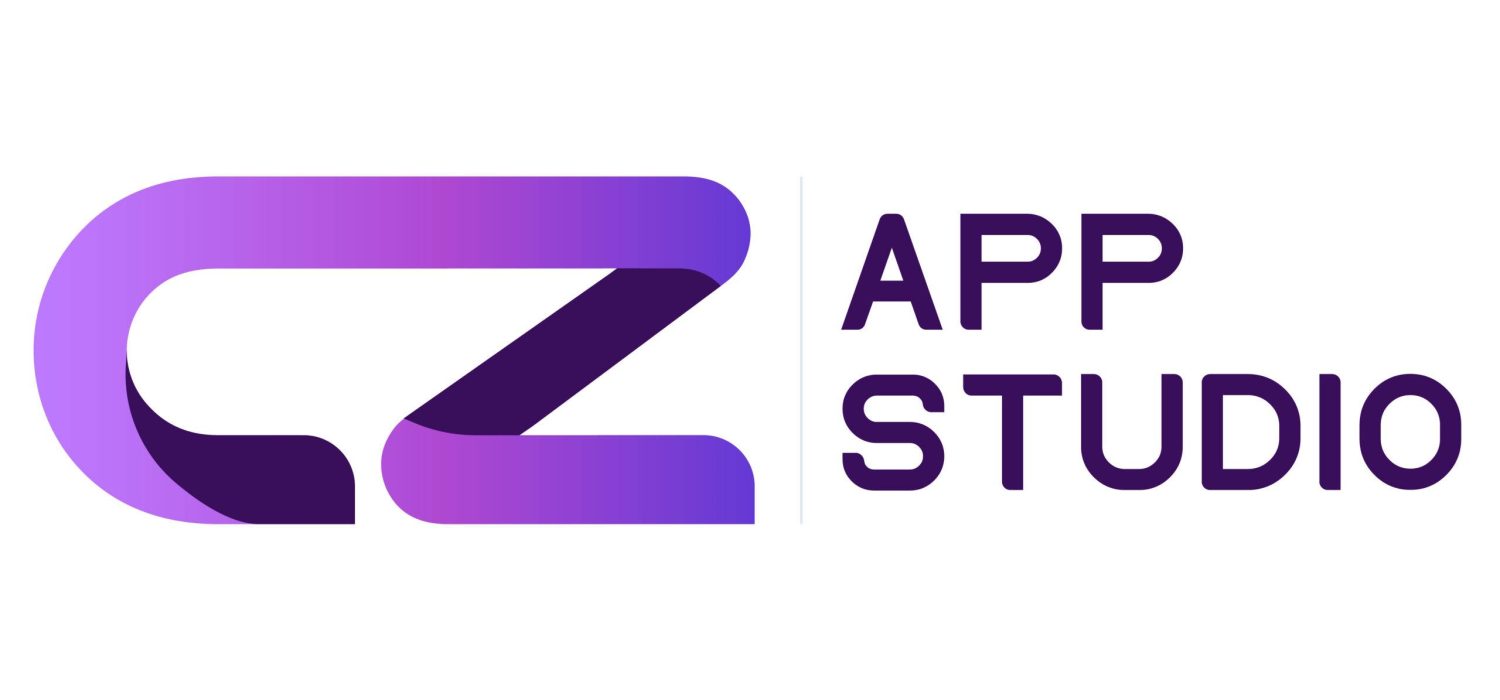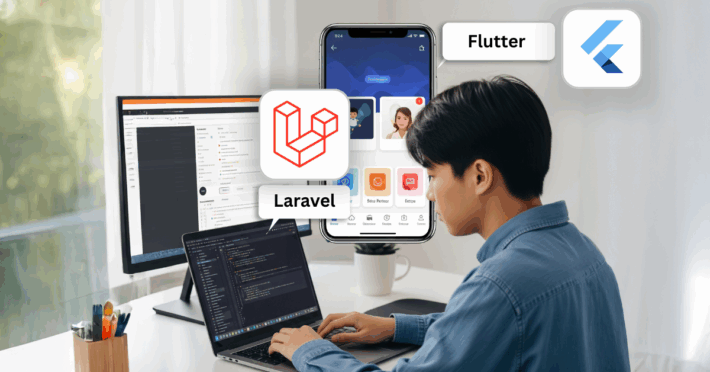Dive into Dart: The Versatile and Powerful Programming Language
Table of Contents:
- Introduction to the Dart Programming Language
- A Brief Overview of Dart
- Concise and Readable Syntax
- Strongly Typed and Optional
- Object-Oriented Programming
- Flutter and Cross-Platform Development
- Growing Ecosystem and Community Support
- Conclusion for the Dart Programming Language
Introduction to the Dart Programming Language
In the vast world of programming languages, Dart has emerged as a versatile and powerful option that has gained significant popularity. Developed by Google, Dart combines simplicity, efficiency, and flexibility to enable developers to build high-performance applications across multiple platforms.
A Brief Overview of Dart
Dart is a modern, object-oriented programming language designed for building web, mobile, and desktop applications. Google initially introduced it in 2011 but has gained significant momentum in recent years. Dart is often associated with Flutter, a UI framework that allows developers to create stunning, cross-platform applications with a single codebase.
Concise and Readable Syntax
One of the standout features of Dart is its clear and expressive syntax. The language promotes clean and readable code, making it easier for developers to understand and maintain their applications. Dart follows a familiar C-style syntax, which reduces the learning curve for programmers transitioning from other languages.
Strongly Typed and Optional
Dart is a statically typed language, meaning variables must declare their types explicitly. This ensures type safety and helps catch errors during the development process. However, Dart also offers optional typing, allowing developers to choose when and where to specify types. This flexibility strikes a balance between the benefits of static typing and the convenience of dynamic languages.
Object-Oriented Programming
Dart is a fully object-oriented language, embracing concepts such as classes, inheritance, interfaces, and mixins. It supports encapsulation, polymorphism, and abstraction, enabling developers to build modular and reusable code. Object-oriented programming in Dart facilitates code organization and improves code maintainability.
Flutter and Cross-Platform Development
Dart’s popularity skyrocketed with the emergence of Flutter, a UI toolkit that enables developers to create beautiful, high-performance applications for mobile, web, and desktop platforms. Flutter leverages Dart’s features and allows developers to write code once and deploy it on multiple platforms, eliminating the need for separate codebases. This synergy has made Dart an attractive choice for building cross-platform applications.
Growing Ecosystem and Community Support
Dart boasts a thriving ecosystem with a rich set of libraries, packages, and tools. The official Dart package repository, Pub, offers numerous packages for common use cases, enhancing development productivity. Furthermore, the Dart community is vibrant and supportive, with active forums, documentation, and tutorials, making it easier for developers to learn, collaborate, and solve problems.
Conclusion for the Dart Programming Language
Dart has established itself as a robust and flexible programming language, driven by its simplicity, performance, and strong integration with Flutter. Its concise syntax, strong typing, object-oriented paradigm, and built-in support for asynchronous programming make it an excellent choice for a wide range of applications. As the Dart ecosystem continues to grow, more developers are turning to this language to build innovative and efficient solutions across various platforms. Whether you are a beginner or an experienced programmer, exploring Dart can unlock exciting possibilities for your next project.


